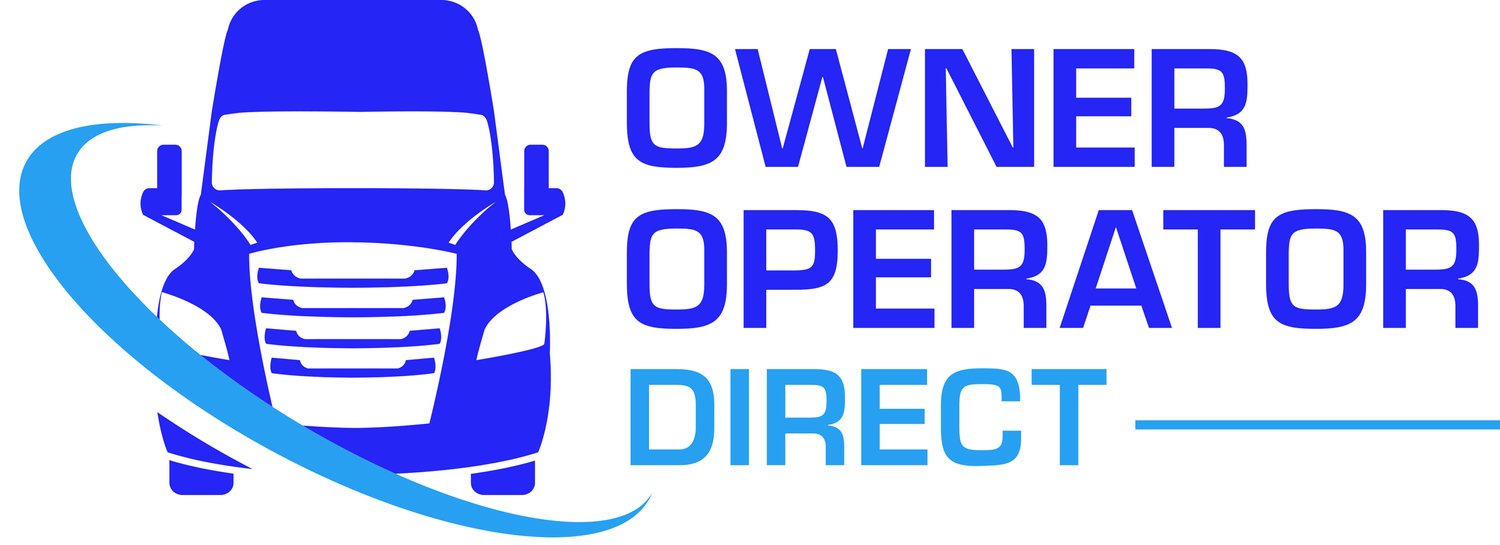Stay Alert: It’s Motorcycle Season
May’s arrival, along with the onset of warmer weather, kicks motorcycle riding season into high gear. That’s why May is Motorcycle Safety Awareness Month. This annual observance calls attention to the dangers and vulnerabilities motorcyclists face on the road and encourages full and commercial-sized vehicle drivers to use extra caution when encountering motorcyclists.
Here are some reminders and techniques that drivers can use to help minimize accidents with motorcycles:
Respect motorcyclists. Motorcycle riders have the same rights and privileges as any other motor vehicle operator on the road. Give motorcyclists a full lane width.
Stay back. If you’re behind a motorcycle, reduce your speed and allow a greater following distance, especially at night. Many motorcyclists slow down by downshifting or letting off the throttle, which will not activate the brake light. Also, motorcycles can usually stop in shorter distances. Leave additional space ahead for that extra cushion of safety.
Keep a watchful eye. Be alert for motorcycles that may appear suddenly. Riders may take advantage of the cycle’s size and maneuverability to cut between other vehicles. Also, if you see one motorcycle on the road, slow down and expect others, as bikers often ride in groups.
Take your time. Double check mirrors and blind spots before turning, changing lanes, backing up, or parking, and look twice before entering the roadway from a parking lot or driveway. Because of its small size, a motorcycle can easily be hidden in your blind spots, camouflaged by backgrounds, or masked by objects (bushes, fences, bridges, etc.). It can also be difficult to judge the speed and distance of an oncoming motorcycle due to its narrow profile. And don’t be fooled by a motorcycle’s single headlight and single tail light that blend into the lights of other vehicles at night.
Exercise extra care at intersections. Collisions between motorcycles and other vehicles are most likely to occur at intersections. Take a second look for motorcycles before turning, especially when to the left across traffic. When turning right, watch for motorcycles that may encroach in the space between your vehicle and the curb.
Communicate clearly. Signal your intentions before changing lanes, turning or merging with traffic. This allows the motorcyclist to anticipate your movement and find a safe lane position.
Know their signals. Motorcyclists often use hand signals to let other drivers know their intentions. A right turn is signaled by a left arm raised, a left turn by the left arm straight out to the side and a stop by the left arm downward.
Don’t be fooled by a motorcycle’s flashing turn signal. Motorcycle signals may not be self-canceling, and riders sometimes forget to turn them off. Make sure a motorcycle's signal is for real before proceeding.
Watch out for lane splitting and lane filtering motorcyclists. While California is the only state to legalize lane splitting, and Utah, Montana and, most recently, Arizona allow lane filtering, it’s not uncommon for motorcyclists in other states to pass other drivers using these maneuvers. (Lane splitting refers to operating a motorcycle between rows of stopped or moving vehicles in the same lane, including on both divided and undivided streets, roads, or highways. Lane filtering is when a motorcyclist moves between two lanes to the front of traffic stopped at an intersection.) Be prepared for lane splitting and lane filtering motorcyclists by listening carefully and using your mirrors to check for motorcycles coming up the white line. Hold your lane position to allow the rider to safely pass. Before changing lanes, signal early; check and check again for any motorcycles, vehicles or other obstructions in your intended path; and remain alert for any sudden changes along the way.
Observe road conditions. Road obstructions that are minor annoyances to you can pose major hazards to motorcyclists. Motorcycle riders may change speed or adjust position within a lane suddenly in response to conditions such as debris, potholes, gravel, wet or slippery surfaces, pavement seams, and railroad crossings. Be ready to react.
Keep weather in mind. Even a slight change in the weather—rain, snow or wind—can have drastic effects on a rider’s ability to control the motorcycle. Give them extra room to maneuver. Also remember that weather conditions can reduce your visibility and make motorcycles even more difficult to see.
Owner Operator Direct provides top notch commercial trucking insurance to owner operators, whether operating with authority or as leased drivers. For a no-obligation quote, give us a ring at 800-499-1044 (Monday-Friday 9-5 pm ET) or answer some questions online and we'll email you one.
